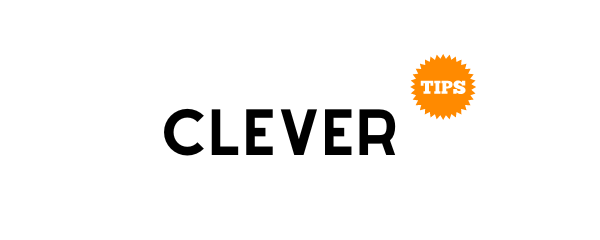Life insurance underwriting is the process of evaluating your application for a life insurance policy. This process involves finding out important details about you, and this is done by an insurance underwriter. Life insurers use underwriters to examine all the information collected about you and determine the level of risk it will take to sell a life insurance policy to you.
The process of applying for a life insurance policy doesn’t have to be challenging if you are prepared to provide all the key details the underwriter requires. While all life insurance underwriting process serves the same function, it is slighting different for each life insurance company. Every insurer has an underwriting manual or guidelines that clearly explains what the underwriter is needed to do and what they want to find out. Here is how the life insurance underwriting process works.
Application Review
Application review is the first task of the underwriter. The underwriter ensures that you have filled the application completely and every question is answered. If there is any doubt about the application, you will be asked to perform the necessary action. You need to be completely honest on your application because if you twist the truth and the underwriter later finds out, your application may be denied, or you may be looking at higher premium rates.
Medical Information Bureau (MIB) Check

The MIB is a professional group that helps insurers share medical data across the board and prevent fraud. Your insurer wants to know if you have applied for life insurance with different companies in the past and, if so, whether you were ever turned down. The underwriter can also go through the details you gave on the application to see if it matches what you have said in the past.
Medical Exam & Statement
The life insurance provider will send a medical technician to carry out paramedical exams. This will be carried out at your convenience, either at your home or your place of work. This exam is free, and you will have the opportunity to review the results of using them for another life insurance application. Your height, weight ratio, and blood pressure will be looked at. Some insurers may also require you have a urine or blood test so as to check for illicit drug use. And the exam will be sent to the underwriter for review.
After the paramedical exam, the underwriter may order an attending physician statement, especially if there is any red flag. Your doctor is the best person to comment on your health condition, and he/she can better explain the findings from your paramedical exam. The final step in the stage is to include a prescription check; this helps confirm any information you have given about prescription medication that you take.
Motor Vehicle Report (MVR)
This report details your driving history dating back 7 years, and they show any past driving violation, driving convictions, accident reports, vehicular crimes, DUI convictions, and driving record points. The underwriter reviews this kind of report to understand your risk-aversion. For instance, people that are prone to speeding have a higher chance of getting killed in a car accident. And this will have an impact on your premium rate if you are approved.
Actuarial Tables
Underwriters use actuarial tables (a statistical analysis of your life expectancy) to determine the probability that you will die at any age and the risk you pose to the insurer. The place you fall on an actuarial table will depend on your health profile and occupation.
Credit System
After going through all the checks, tests, and tools required to set your insurance classification, the last act of the underwriter may be to use a credit system to give you a small bump, which can help you get a more affordable monthly premium. For instance, if a chronic illness results in a Standard classification, the underwriter can use the credit system to make your monthly premium more affordable as long as you are actively taking the necessary actions to improve your health and undergo preventative care.
You can also lower your monthly premiums by reapplying for a life insurance policy once you have taken the necessary steps to improve your health.
Conclusion
The goal of a life insurance company is to minimize risk and maximize profits. And they do that by using a strict set of life insurance underwriting manuals to approve applications and set premium rates. When you know how that underwriting manual works, it can help you fill out an application and better prepare for any additional requirements that may come after. Understanding the underwriting process can also help you find the best rate as you shop for life insurance coverage.








